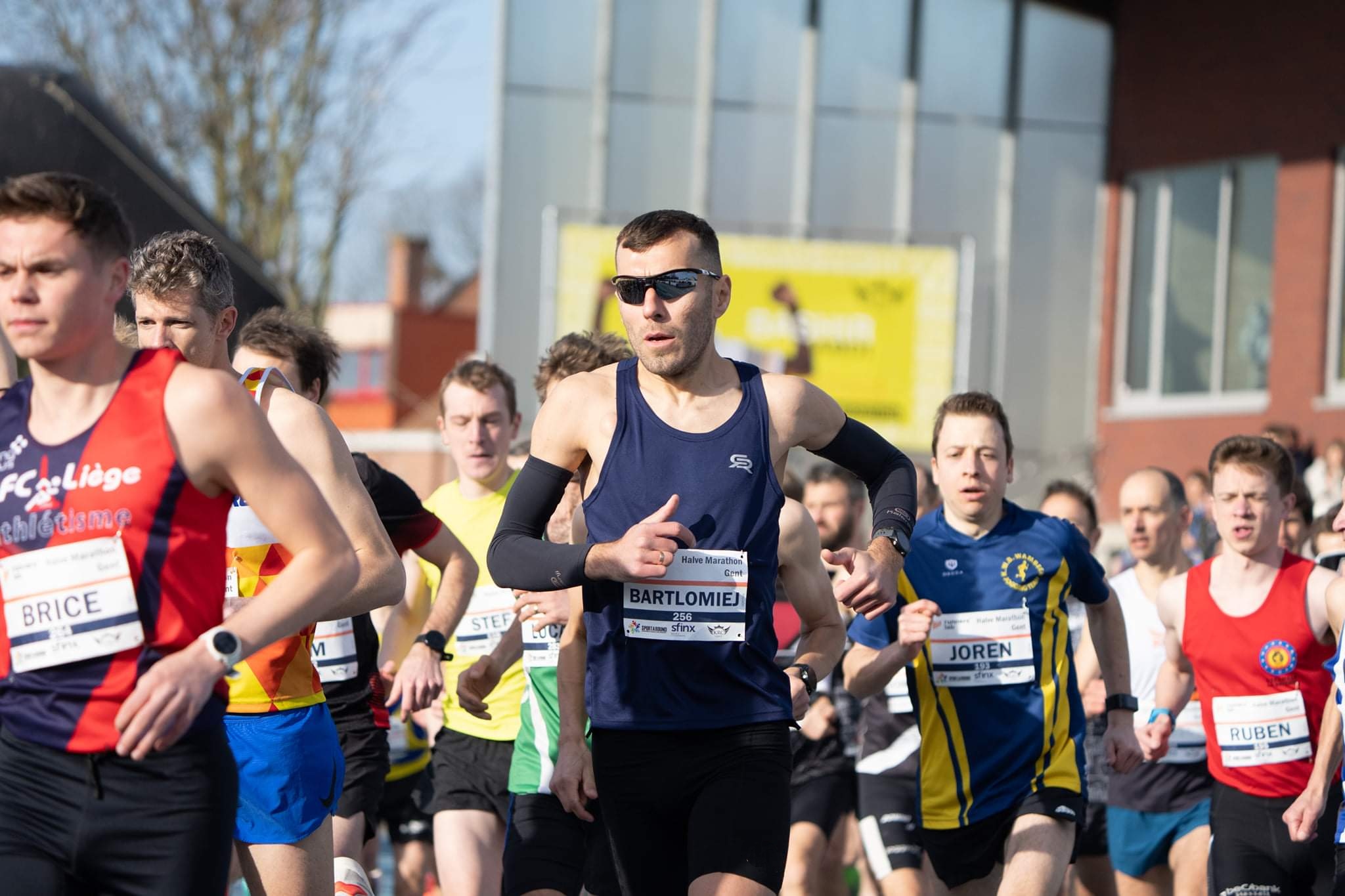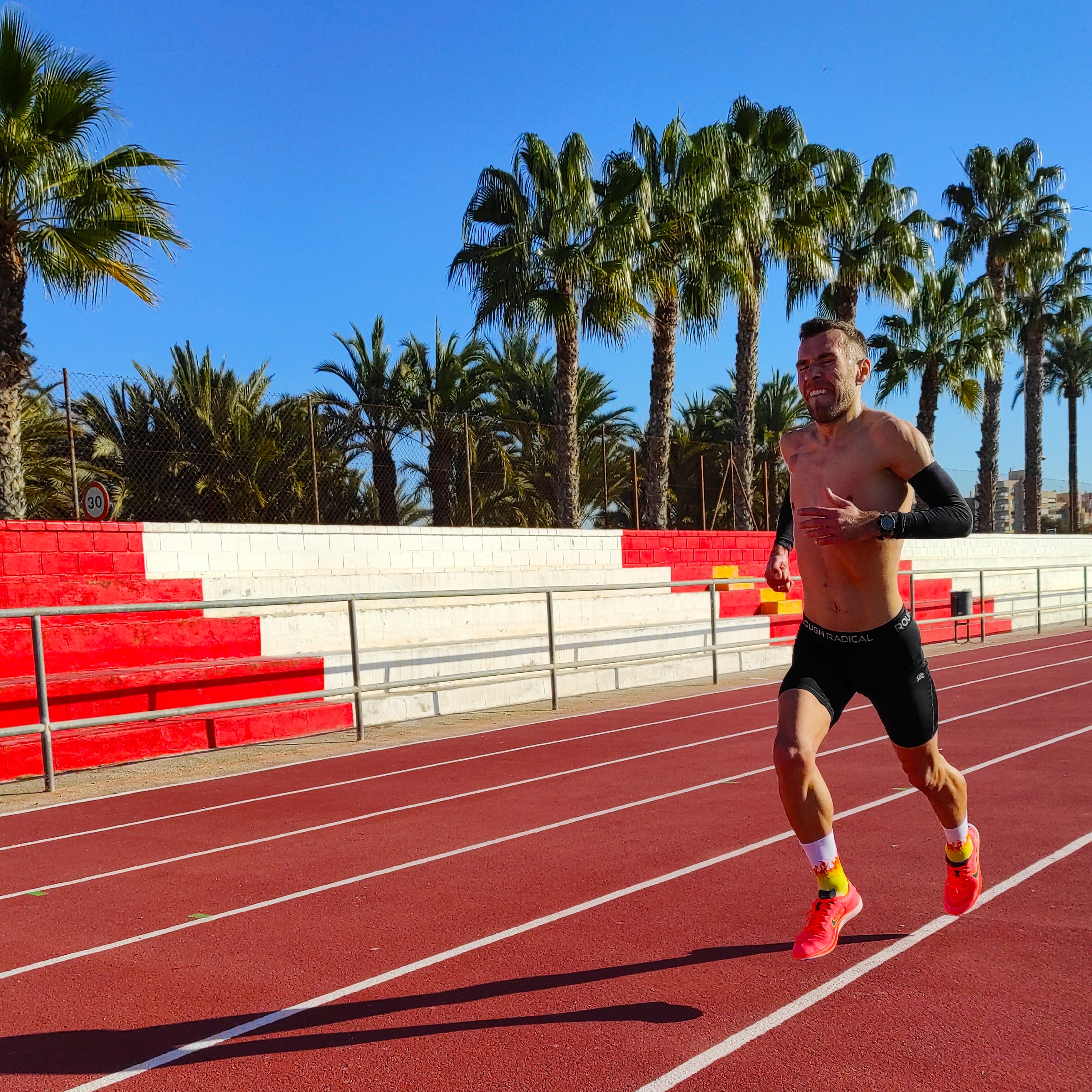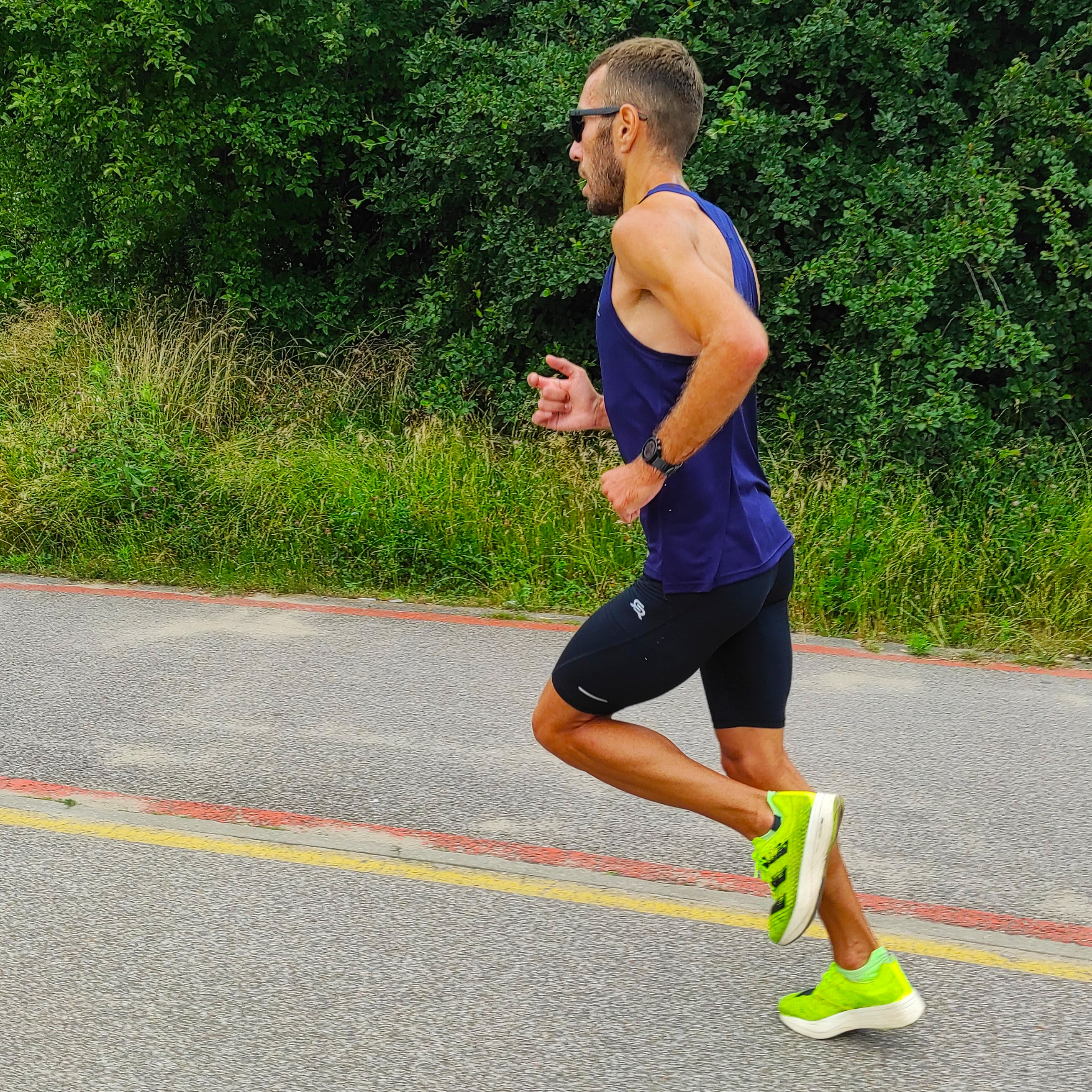The best training for 5 and 10 kilometers

Okay, you got me, the title of the article is a bit clickbait, because there is no "best" training. A great deal depends on our capabilities, purpose and experience. However, below I will show you which training sessions for the 5 and 10 kilometers competition I consider valuable. Although there is an inaccuracy here again, but more on that below.
There are no key trainings
It is not that one unit is crucial in training over some distance. Every training is important, whether it is the one where we run until we are out of breath or the one where we run totally relaxed. However, there are trainings without which it is hard to imagine preparing for a particular distance. I have already written many times that it is very important to be good at running at race pace. This is important both in preparing for the five kilometers and the marathon. However, the marathon is that the lower the runner's level, the more he runs at that target pace. Beginners often run a marathon at a similar pace to what they do in their running training. Such people are only concerned with completing the distance and they do not have time goals. In the five and ten kilometer runs, even for an inexperienced runner, the pace of run will differ from that of regular running training.
Race pace

It's obvious that if we're interested in achieving a specific result in a competition, we'll run shorter distances during training at race pace than we would in a competition. If you run a five-kilometers distance during the training at the pace of a five-kilometer competition, that means one thing ... you run too slowly in the competition. Often even total amateurs can run short distances very fast. I know people who run much slower than I do, who, for example, run 200 meters during training… faster than me, or at the same pace. Here we come to a very important point. I'll write this again for your attention - we come to a very important point. It does not make sense to run at a pace much faster than we are able to achieve in competitions! The training is to prepare us for the competition. Why prepare for something that will not happen yet, which is to run faster than we can? Of course, a certain reserve of energy can be useful. But we cannot do a traning that totally doesn't resonate with our goal. For example, if we are preparing to achieve no more than 20 minutes per five kilometers, it means running at a pace of 4 minutes per kilometer. We can run during training at the pace mentioned above (+/- 5 seconds per kilometer), but running 1 kilometer in 3:30 will not bring any benefit. And I personally know such people who were able to do this, however, they needed long breaks.
Dividing the distance into sections
As a general rule, the slower someone runs, the longer the sections of the track at race pace. The beginners can even run a distance of 2 x 5 kilometers at a ten-kilometer pace, but the faster someone is, the more difficult it will be to run such sections. The most popular training sessions up to five kilometers are 5 x 1 km, 6 x 800 m, 10 x 600 m or 10 x 400 m. Such a running training should be done at a pace of 5 km or slightly faster (2-5 seconds per kilometer faster). For those who are able to cover the distance of 5 km in 20 minutes, it will not be a problem to run one kilometer in 3:45. However, it does not make much sense - it is better to be disciplined and not do your best in the first section. During training sessions up to 10 kilometers, sections of 10 x 1 km, 5 x 2 km, 3 x 3 km are often practiced. Here, the pace should also correspond to that achieved in the 10 km competition. Especially in the sections of 3 x 3 km, it will be difficult for a stronger amateur to run faster. A distance of 10 x 1 km can be run 2-3 seconds faster.
Short breaks
I'm a proponent of reducing break times. If someone is preparing to run 5 km in 20 minutes, he can probably do 5 x 1 km each section in 3:50 with a 3-minute break. But it makes no sense, because during the competition it is impossible to rest and stop the clock. Breaks after each section of up to one kilometer should last a maximum of 90 seconds, and preferably reduce them to 70-60 seconds, during which you can run calmly rather than march or stand. For sections of two or three kilometers I would recommend, and practice myself, longer breaks, but rather not more than two minutes. Alternatively, for a beginner it could be three minutes of jogging after three-kilometer sections.
Training while exhausted

Although the toughest pace trainings in the week, where we run at race pace, are demanding, we can't rest too much before doing them. When we feel exhausted after some previous training sessions, e.g. such as uphill runs, doing pace training at that time will be more reflective of how we will feel at the competition. Often, before such training, the day before I do uphill runs or a 20-kilometer run so as not to be completely rested. I do also other training sessions. And so at my level it might look like as follows:
Monday: steady run
Tuesday: uphill runs
Wednesday: medium-intensity run
Thursday: fartlek training
Friday: longer steady run
Saturday: pace training
Sunday: longer steady run
With this schedule, I approach Saturday's training with an accumulation of fatigue. For beginners, it might look like this:
Monday: day off
Tuesday: steady run
Wednesday: day off
Thursday: uphill runs
Friday: day off
Saturday: pace training
Sunday: steady run
In this scheme, a beginner has a strong stimulus in the form of uphill runs, followed by pace training after two days. Runners with little experience are unlikely to be able to recover completely even with a day off on Friday, which will have an effect on Saturday during the pace training, as I mentioned above.
These are not short distances
I have heard many times that you can run a marathon or short distances, e.g. 10 km. Well, ten and five kilometers are also long runs, so there is no difference in the preparations here. This means that training that builds aerobic endurance just like in a marathon is an essential training component. Therefore, even if you train for a 5 or 10 kilometer run, you should do longer steady runs of about 90 minutes or medium-intensity runs, i.e. a few seconds slower than the marathon pace. For strong runners, the pace between a 5-kilometer race and a marathon is a difference of 20-25 seconds per kilometer, so it's really close.

Gradually increase the difficulty of training
Preparations usually last 8-12 weeks and we are talking about direct start preparation (BPS), i.e. already targeted training for the competition. We already approach BPS with some basics and the ability to run faster. Then we construct the training in such a way that from week to week we increase the length of the sections at the race pace. You can start e.g. from 10 x 400 m, after a week you run 10 x 600 m, then e.g. 6 x 800 m, then a week of rest, then you can repeat 6 x 800 m, 5 x 1000 m, then 6 x 800 m a week before the competition and hopefully you'll be in the best shape of your life in the 5 km run. Therefore, do not start preparations for the competition with very difficult training, and gradually increase the intensity of training so that the heaviest units appear 3-4 weeks before the start. Preparations for a ten kilometer run should be similar. You start from 10 x 1 km, then 5 x 2 km, 3 x 3 km, 5 x 2 km, then e.g. 4 x 3 km and before the competition you reduce the distance of the sections and you can do 10 x 1 km or 5 x 1.6 km.
The training sessions described above are just examples. You have to remember that every runner reacts differently, so observe how your body behaves during training and check by trial and error what will benefit you the most.











































